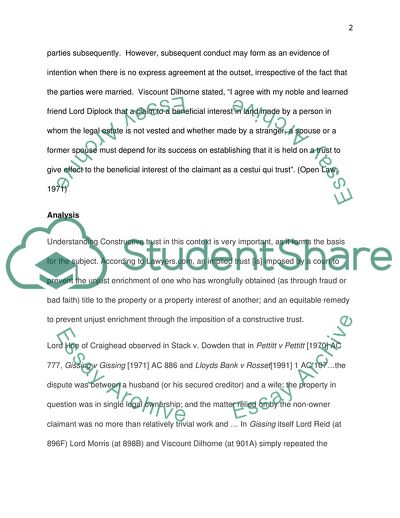Cite this document
(The Complexity of the Division of Property upon Divorce Coursework - 3, n.d.)
The Complexity of the Division of Property upon Divorce Coursework - 3. Retrieved from https://studentshare.org/law/1748758-see-below
The Complexity of the Division of Property upon Divorce Coursework - 3. Retrieved from https://studentshare.org/law/1748758-see-below
(The Complexity of the Division of Property Upon Divorce Coursework - 3)
The Complexity of the Division of Property Upon Divorce Coursework - 3. https://studentshare.org/law/1748758-see-below.
The Complexity of the Division of Property Upon Divorce Coursework - 3. https://studentshare.org/law/1748758-see-below.
“The Complexity of the Division of Property Upon Divorce Coursework - 3”. https://studentshare.org/law/1748758-see-below.


